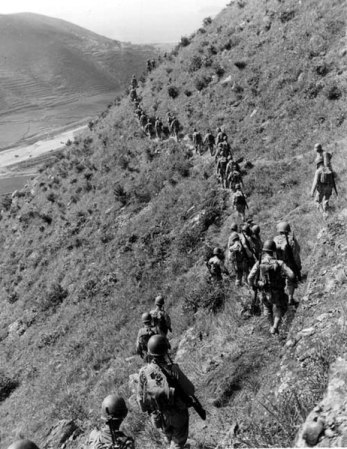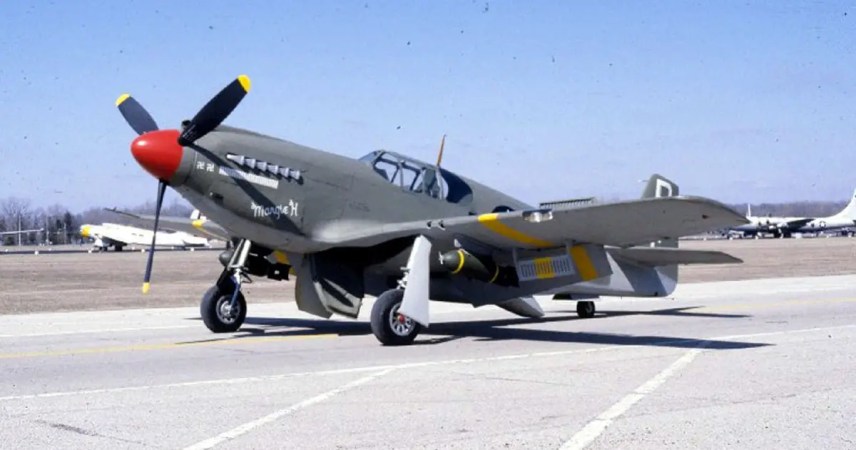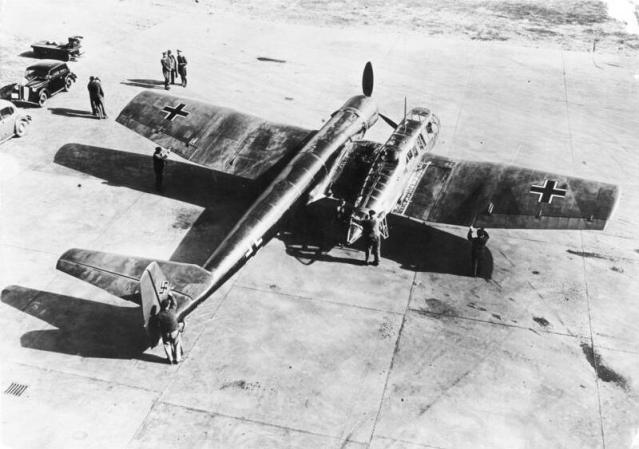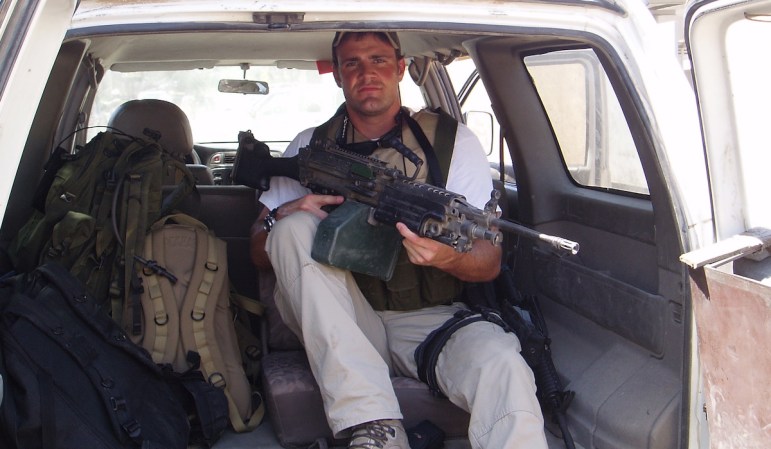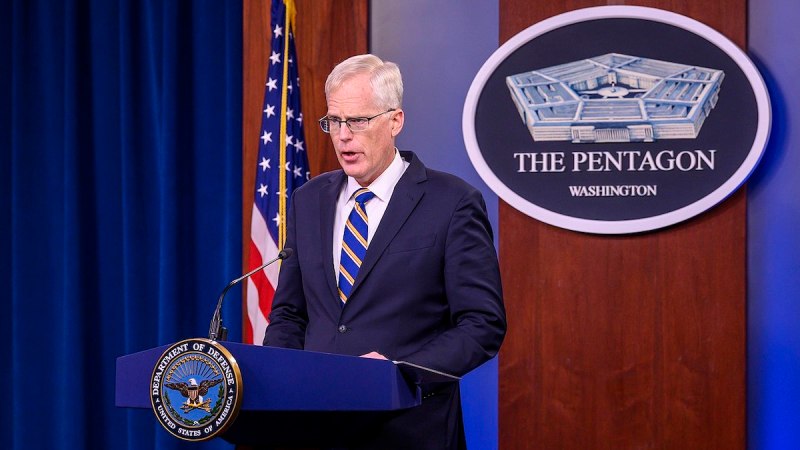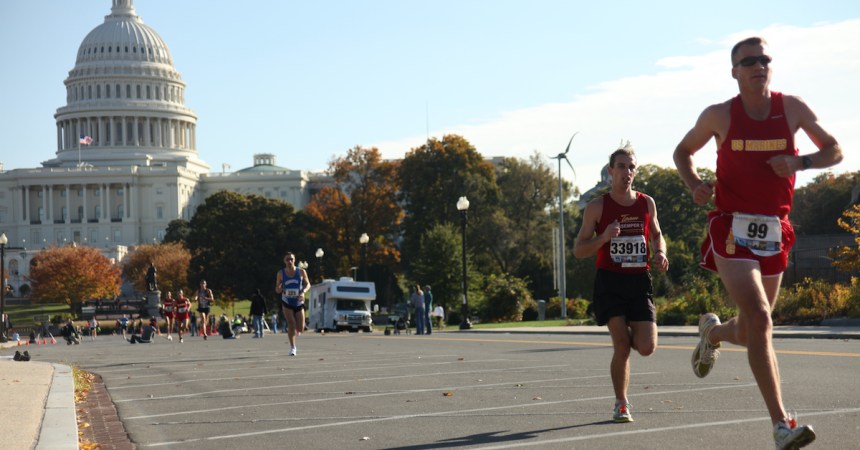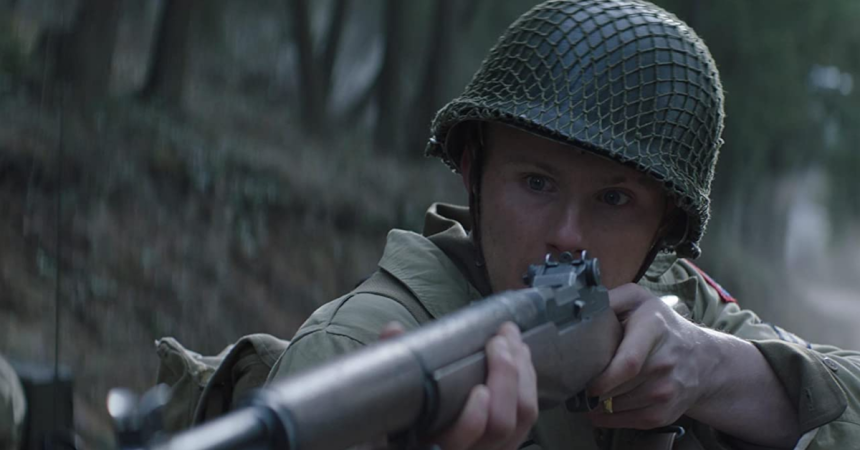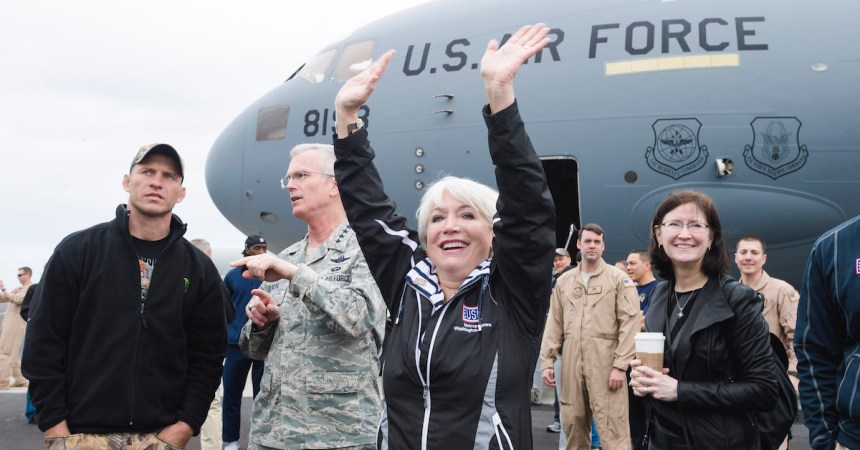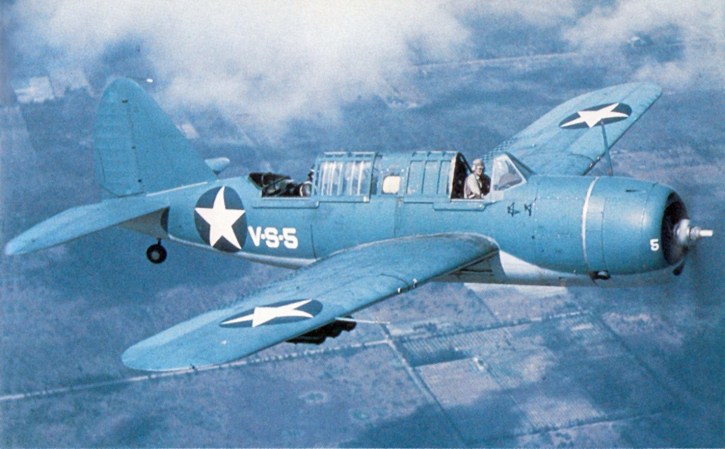During World War II, the P-51 Mustang emerged as a superb long-range escort fighter. There was a problem, though. While it had long range, it also only had one pilot, and that pilot could get very tired by the end of a long mission. Sometimes, after flights, the ground crew would need to lift an exhausted, sweat-drenched pilot out of the cockpit — and sweat might not be the only thing the pilot was drenched with.
The Army Air Force had begun to address that need in 1943 as a tool for the Pacific Theater of Operations. They sought a fighter with a crew of two so one pilot could relieve the other when fatigue set in. North American Aviation came up with an interesting idea — use two Mustang fuselages on one wing. That took some serious re-design work.

The North American F-82E Twin Mustang — used as an escort. (USAF photo)
The plan was to have one cockpit with the usual instruments for the pilot. This was to be on the left fuselage. The cockpit for the co-pilot/navigator, on the right fuselage, was to have a more basic set. The six M2 .50-caliber machine guns would be in the center wing that joined the two fuselages. An additional eight guns could be added in a gun pod underneath. Initially tested with the famous Packard Merlin engine, the Twin Mustang was soon equipped with older Allison engines. Later versions were equipped with radars to serve as night fighters.

The plane entered service in 1948; only 273 were built. At the start of the Korean War, the Twin Mustang was thrown into action, where it escorted transports and bombers and carried out a number of other missions. On June 27, 1950, the F-82 scored the first kills for the United States Air Force in that conflict. But the beginning of the Jet Age — and the very short production run — meant the F-82 wasn’t going to stick around.
By 1953, it had been retired from the Air Force.








